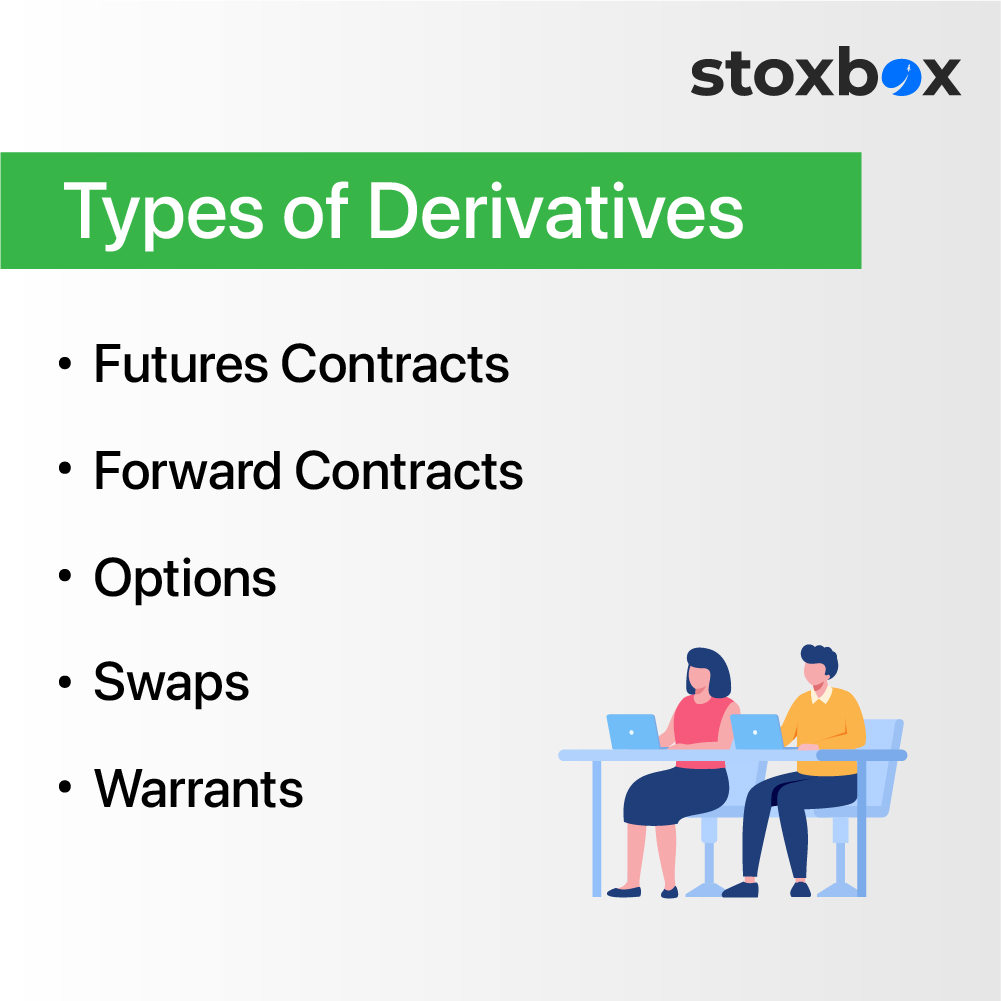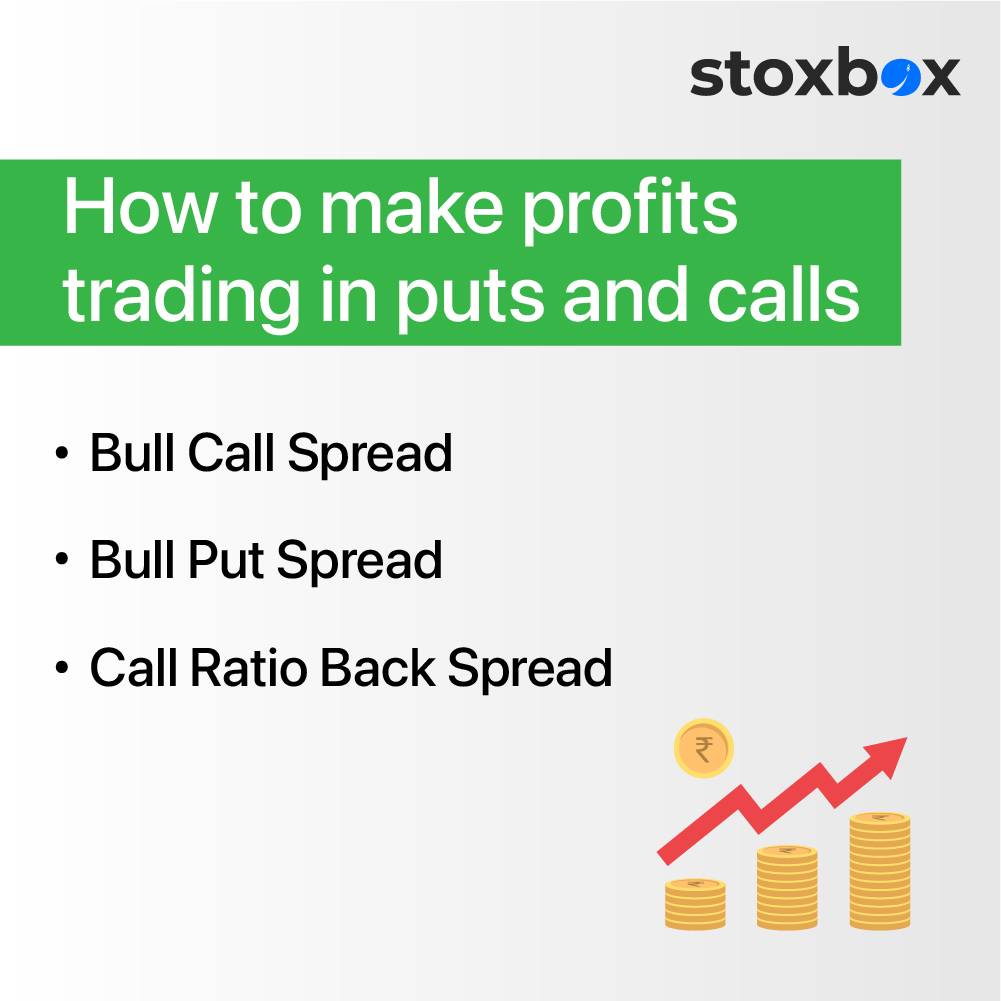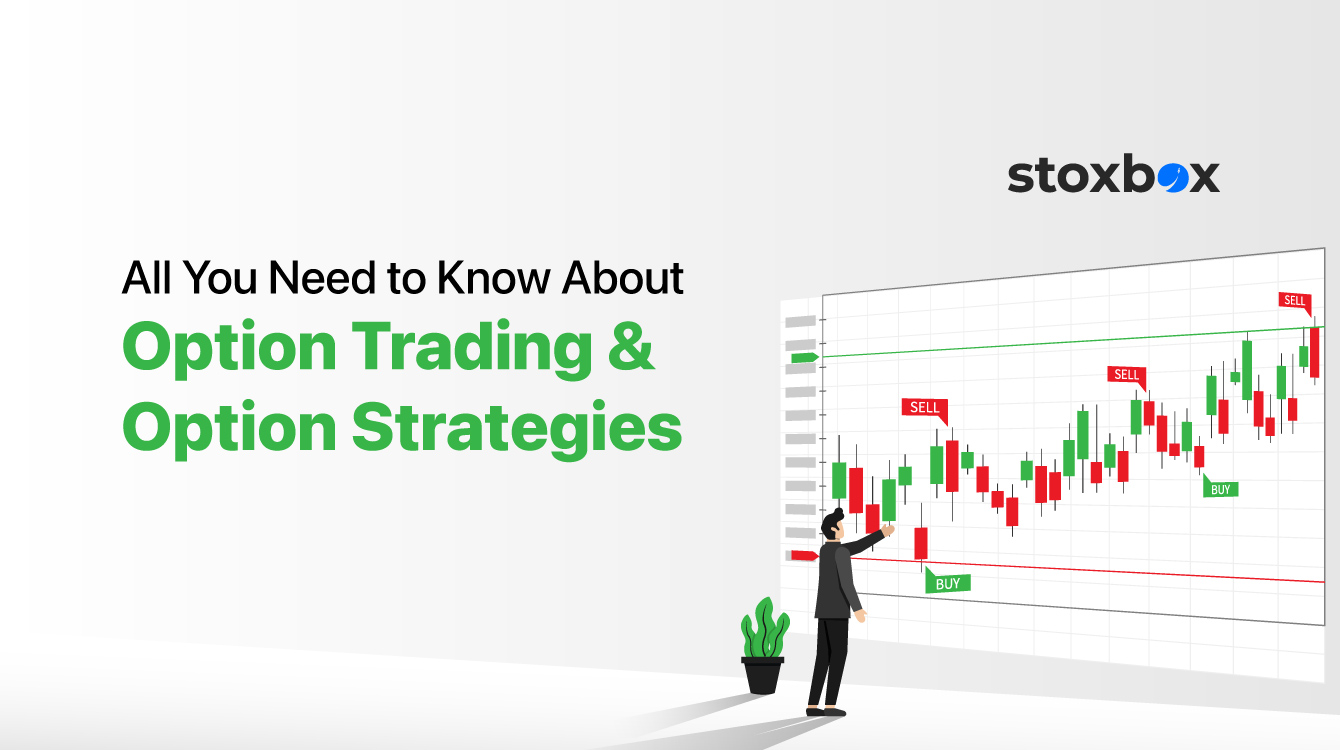Concept of making profit in Put and call option trading
Table of Contents
All You Need to Know About Option Trading and Option Strategies
If you look at the equity market since last year, you will notice that retail participation has increased significantly over the period. Much of the retail interest has been focused on the variety of initial public offerings inundating the market. Sure, the recent bullishness has dampened somewhat, but many investors, including you, possibly, still remain positive on the Indian equity market and with good reason.
While long-term investors usually buy stocks in cash, do you really know the multiple facets of the market? Derivative is one of the popular yet less known segments of the market. A contract between different parties in the market, a derivative’s value is based on a pre-decided financial security or index, be it stocks, bonds, commodities, market indexes or currencies. In simpler terms, derivatives can be considered a type of advanced investing strategy as these are secondary securities and their values are derived from the actual value of the underlying primary security. For example, if the Nifty50 Index is at 16,352.45 points today, a derivative set to mature one month later may peg the index at 17,000 points, on the date of maturity, and this proposed value would be based on an analysis of various metrics.
Types of derivatives

Investors usually leverage derivatives for two reasons – to mitigate risk via hedging, or assume risk in the expectation of potential returns in the future, also known as speculation. The most common types of derivatives include futures contracts, forward contracts, options, swaps, and warrants. Futures are pre-decided agreements between parties to buy or sell the underlying security at a fixed price, on a pre-determined date. Futures function on a simple logic, the buyer, and the seller, have different opinions on the potential price of the underlying security. While the buyer believes that, at the end of the pre-decided period, the actual price of the security will be higher than its current price, the seller believes differently.
While the forwards contract follows the same principle as futures, the forward contract is a private and customisable agreement between the two participants. It is traded over the counter and settled at the end of the maturity period. On the other hand, futures are standardised and trade on exchanges, with prices being settled every day, till the date of maturity.
Options made easy
Even as options contracts work on the same underlying principal as forwards and futures, with the buyer and seller agreeing to a pre-decided time and price, the key difference here is that the parties have the option of not sticking to the actual sale, at the time of delivery. There is no actual obligation to complete the trade.
Now, let us consider what are calls and puts in options trading. Under the call option, the buyer has the right, but not the obligation, to buy the security at the pre-decided price, before the decided date. This allows them the possibility to make a profit if the value of the security does rise in the future. On the other hand, the put option gives the seller the right, but not the obligation, to sell the security at the pre-decided price, any time before the maturity of the contract. If the actual price of the security falls before the maturity of the contract, the put option helps the seller limit losses by selling at the pre-decided higher price.
How to make profits trading in puts and calls

- Bull Call Spread: A bullish strategy which involves purchasing one At-The-Money (ATM) call option and selling the Out Of-The-Money call option, the bull spread call requires both options to have the same underlying security and the same maturity date. This strategy protects you when the prices drop but the profit is also curtailed proportionately, meaning that both profit and loss are capped. It is useful if you are not too bullish on the security, helping you make a profit if it does rise, but also ensuring you limit losses if it drops.
- Bull Put Spread: If you are positive on the movement of the security, this strategy is for you. It is similar to the bull call spread, except that, here, you purchase put options. The rest of the metrics remain the same. This strategy will help you when you expect the security’s price to rise slightly, move sideways, or fall in a limited manner.
- Call Ratio Back Spread: This is one of the simplest strategies you can use when you are strongly bullish on the security. Under this strategy, you can purchase two OTM call options and sell one ITM call option and it will help you make unprecedented profit if the prices do rise in the future. Further, even if the prices fall before the pre-decided date, you will still end up making some profit as you have the option to forego the loss-making trade.
You might also Like.
No posts found!


